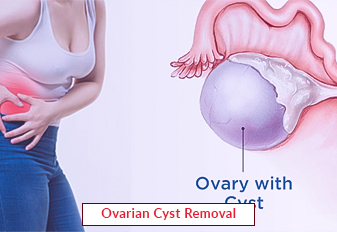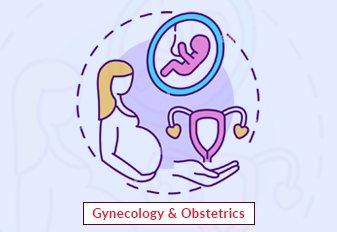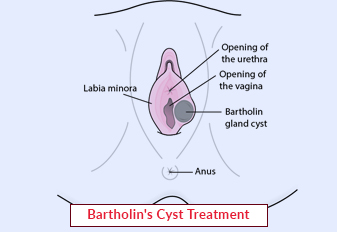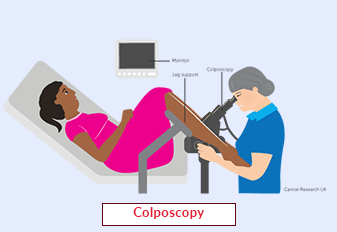Ovarian Cyst Removal

Ovarian cysts are fluid-filled sacs that can develop in or on the ovaries. While most ovarian cysts are harmless and resolve on their own, some may cause pain, discomfort, or other complications. In cases where an ovarian cyst poses a risk to a woman's health or causes significant symptoms, surgical removal may be necessary. In this article, we will explore the concept of ovarian cyst removal, its significance, and the procedure involved in its treatment.
Book an AppointmentAbout Ovarian Cyst Removal
Ovarian cyst removal, also known as ovarian cystectomy, is a surgical procedure performed to remove one or more ovarian cysts. The procedure aims to alleviate symptoms, prevent complications, and ensure the overall health and well-being of the patient. Ovarian cysts can vary in size, shape, and composition, and the surgical approach may differ based on individual factors such as the size of the cyst, its location, and the patient's medical history.
Procedure of Ovarian Cyst Removal
-
Preoperative Evaluation: Before the procedure, a thorough evaluation is conducted, including a medical history review, physical examination, and imaging tests such as ultrasounds or MRI scans. These assessments help determine the size, location, and characteristics of the cyst.
-
Anaesthesia: Ovarian cyst removal can be performed under general anaesthesia or, in some cases, under local anaesthesia with sedation. The choice of anaesthesia depends on various factors, including the size and complexity of the cyst, the patient's overall health, and the surgeon's recommendation.
-
Surgical Techniques: The surgical approach to ovarian cyst removal may vary based on factors such as the size and location of the cyst, the presence of any adhesions, and the surgeon's preference. Two common methods include:
-
Laparoscopy: This minimally invasive technique involves making small incisions in the abdomen through which a laparoscope (a thin, lighted tube with a camera) and other surgical instruments are inserted. The cyst is then carefully excised or drained, and the surrounding tissue is preserved.
-
Laparotomy: In certain cases, if the cyst is too large, complex, or suspected to be cancerous, an open surgical procedure known as a laparotomy may be performed. A larger incision is made in the abdomen to allow direct access to the cyst, and the cyst is then removed along with the affected ovary, if necessary.
Recovery and Postoperative Care: Following the procedure, patients are monitored in a recovery area until they are stable. The recovery time varies depending on the extent of the surgery. Most women can resume their normal activities within a few days to a few weeks, but strenuous activities and heavy lifting should be avoided for a specific period. Pain medication, follow-up appointments, and any necessary postoperative instructions will be provided to facilitate a smooth recovery.
Require Assistance?
Get A Quick Callback From Our Healthcare Experts






